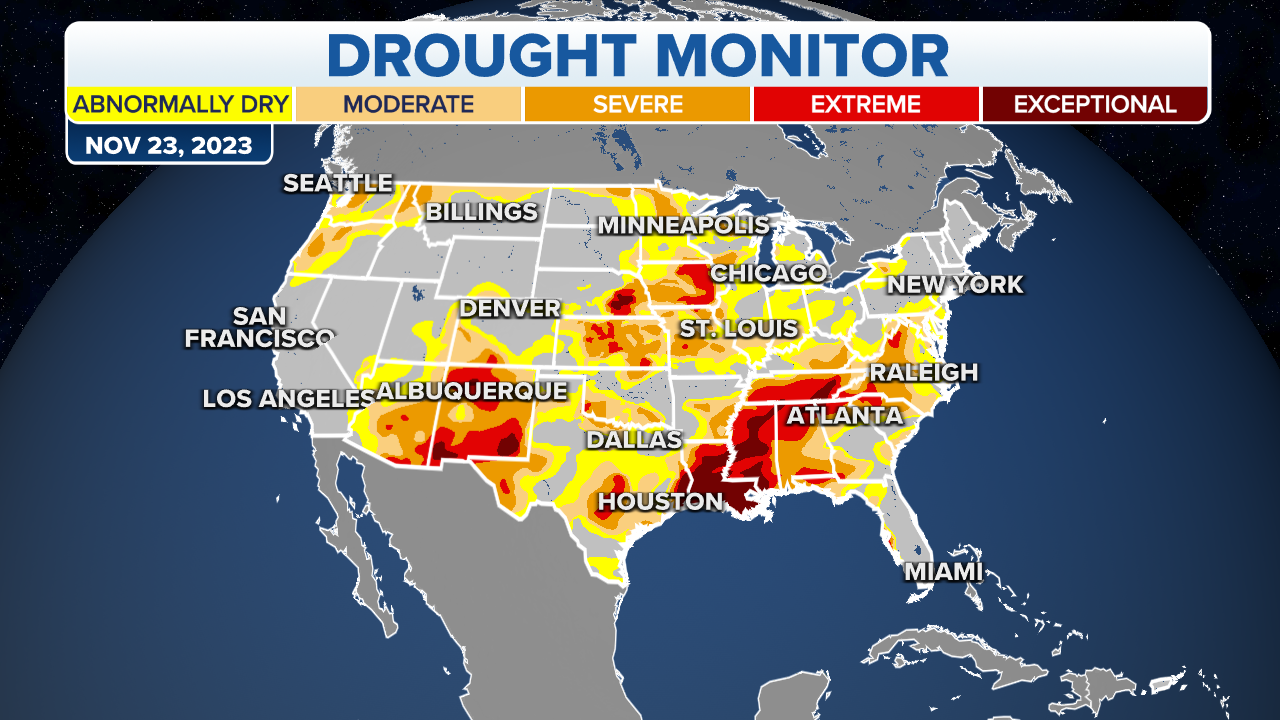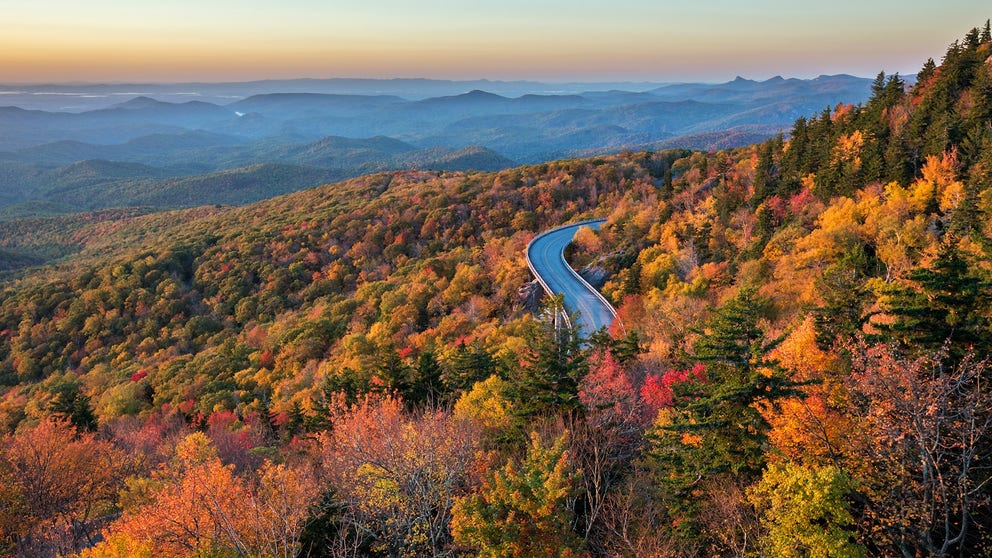Fall foliage tracker: Discover maps and see the most brilliant colors before it is too late
A study from Appalachian State University estimated the annual event results in about $30 billion in economic impact in the classic sightseeing areas.
See the most beautiful places for peak fall foliage around the US
Throughout October and November, here are the most beautiful locations for vibrant red, yellow and orange leaves around the country.
Peak fall leave season is hear, and many trees are showing off a plethora of earthy tones.
However, the fall foliage is highly contingent on location and weather conditions in the weeks and months before the height of the season.
Through the next few weeks trees across most the country will reach peak status ahead of the winter months.
What is fall foliage?
While the color of leaves depends on chlorophyll, weather extremes can play a significant role in how magnificent the sights are during autumn.
Chlorophyll is a pigment that helps give leaves their color. The chemical compound helps the trees create their own food through photosynthesis, which converts sunlight into chemical energy.
The lack of chlorophyll can help reveal the sought-after yellow, orange and red colors, which are usually bountiful during rainier periods.
The map below from Explorefall.com shows average peak foliage times for the Lower 48.
FALL DRIVING WARNING: WET LEAVES CAN BE AS SLIPPERY AS ICE

Average peak fall color.
(Explorefall.com/FOX Weather)
What makes the best fall colors?
According to experts at the U.S. Forest Service, a combination of warm, sunny days and cool, crisp nights can help enhance the most vivid colors.
Nights must stay above freezing but get cold enough to prevent sugars from leaving the leaves.
Areas that experienced a wet spring during the growing season, normal summer weather and a fall that is drier and lacks warm overnight lows have the best potential to see brilliant colors.
Orange and yellow colors are present year-round in leaves, but green pigment from active chlorophyll prevents them from being visible.
The production of anthocyanins during the fall is responsible for the reddish and purple hues, which are dependent on the amount of sunshine, among other factors.
HOW TO WATCH FOX WEATHER ON TV
What can delay the changes in leaves?
Experts said the late arrival of spring or a significant summer drought can delay the onset of colors by several weeks.
The addition of significant cool spells or even tropical cyclones, especially along the Eastern Seaboard, can alter the season altogether and prevent the vibrant colors from making their appearance.
Droughts also have the effect of ending foliage quicker than in years with more precipitation.
Typical fall foliage peaks in the northern tier of the country in October, with some higher elevations in the Rockies and in Alaska experiencing the height of the season as early as September.
WHAT DOES SIZZLING SUMMER MEAN FOR FALL FOLIAGE? HERE’S A PREVIEW

(FOX Weather)
Where can you see leaves changing now?
Many areas in the northern tier of the country have already reported peak foliage activity, with some communities already at past peak.
Areas of Colorado, Wyoming, Montana, Wisconsin, Minnesota, New York and Maine are well ahead of most of the country in terms of foliage.
Higher altitude locations usually see leaves change first then the colors usually work down the hills and mountainsides.
Local maps detailing the status of fall foliage can be found at Explorefall.com.

(Explorefall.com/FOX Weather)
Some major cities such as Chicago, Detroit and Cincinnati have not seen their peak foliage of the year, but communities north of Des Moines, Iowa, including Minneapolis, are in peak status.
Over the next few weeks, cities that are experiencing widespread or near peak activity will transition into the height of the season.
The status of the fall foliage has a big economic impact on small communities in that part of the country that rely on autumn tourists. A study from Appalachian State University estimated the annual event results in about $30 billion in economic impact in the classic sightseeing areas

(Explorefall.com/FOX Weather)
